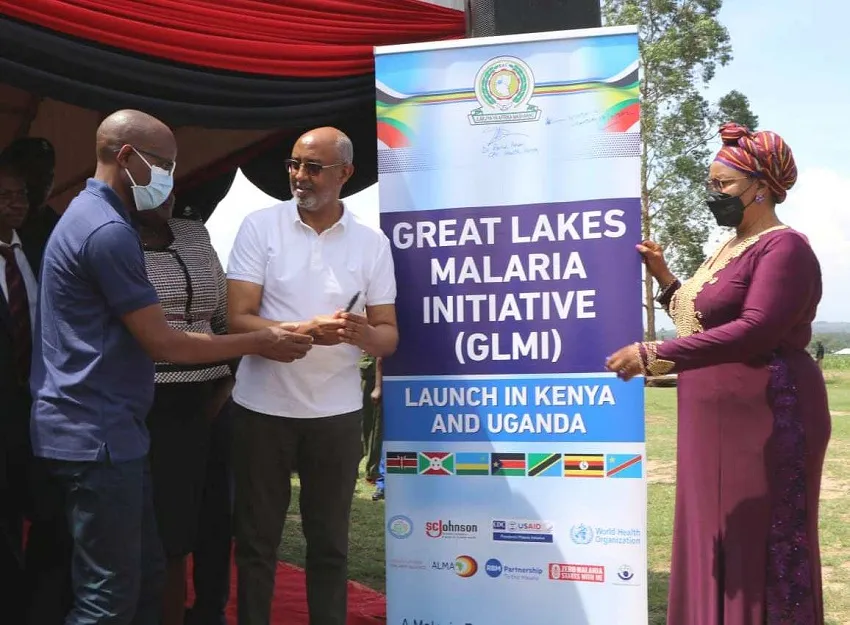What the Budget Means for Universal Health Coverage
Wednesday, 4 July, 2018


By Dr Meshack Ndirangu
The health sector was one of the major highlights of the 2018/19 budget with its allocation of the budget increasing by 46 percent from KSh61.6 billion allocated in 2017/18 to KSh90 billion.
For the health sector, imperatives for us to achieve Universal Health Coverage (UHC) include the need to mobilise adequate resources, increase investments in Primary Health Care, and reform key institutions such as the National Hospital Insurance Fund (NHIF) to align them to the UHC agenda.
The increase in funding for the health sector, especially primary healthcare, shows the commitment of the Government to roll out UHC countrywide by 2022 so as to guarantee access to quality and affordable health care.
The plan to expand the Linda Mama programme to mission and private hospitals and to enlist community health volunteers (CHVs) to provide primary health services is commendable and a positive stride towards UHC.
In order to achieve sustainable UHC that will lead to impact, Kenya must balance investments in expensive high-tech machines such as CT scanners for specialized medical care at referral hospitals with low-tech, low-cost yet high-impact care at primary health care levels (community, Level 2 and Level 3). For example, if we equip CHVs with skills on disease prevention and equipment such as blood pressure machines and glucose meters, people with elevated blood pressure and diabetes will be diagnosed and managed early. This way, we will have fewer people developing complications such as stroke and renal failure that require CT scans and dialysis machines.
The commitment to fight corruption is laudable as this is a cancer that has the potential to derail the UHC agenda. Fighting corruption, improving efficiency in revenue collection and use of innovative financing will contribute to meeting the financial demands of UHC. In addition, proposed measures to revamp the public-private partnership ecosystem, if implemented, will unlock private sector capital for UHC.
Financial protection is a core imperative in the UHC journey. The good news is that NHIF will be reconfigured to align to UHC, reduce administrative costs and build trust with the citizenry. To increase enrolment and retention, the NHIF will need to deploy a customer-centric distribution system, especially for the informal sector. Evidence has shown that trusted agents such as CHVs, M-Pesa agents, SACCOs and chamas can be powerful distributors. Second, poor people who cannot afford to buy insurance premiums need to be identified and a budget allocated to them by the national and county governments while at the same time improving their economic status through actions in the other Big Four. Third, NHIF should institute health service purchasing reforms, including adoption of an evidence-based health benefits package that is communicated to Kenyans, an effective system for monitoring quality of services, and an efficient and fool-proof claim processing mechanism, and accelerated accreditation of primary health facilities. Investment in quality improvement programmes such as scale-up of the Kenya Quality Model for Health are therefore important milestones in achieving UHC.
Overall, the future for UHC looks promising with the plan to pilot it in four counties – Kisumu, Nyeri, Machakos and Isiolo – where the lessons learnt will be crucial in informing scale-up to the other counties.
Despite the measures proposed in the budget, we still have a long way to go. For a budget of KSh3.1 trillion, an allocation of KSh90 billion amounts to only 2.9% of the national budget which, even when later combined with what counties will allocate to health, seems way lower than the trajectory we need to take the allocation to 10% by 2022. Furthermore, the government (including counties) currently finances about 37% of the total health expenditure, well below the 60% threshold that has been shown to support achievement of UHC. To catch up the Government may require significant supplementary budget measures.
Dr. Ndirangu is the Country Director at Amref Health Africa in Kenya @Amref_Kenya, Twitter: @meshackn








Comments